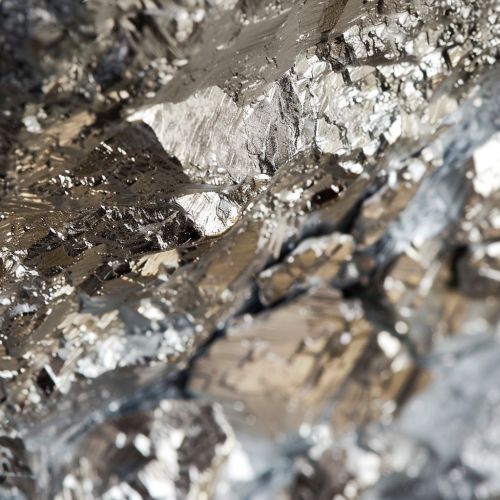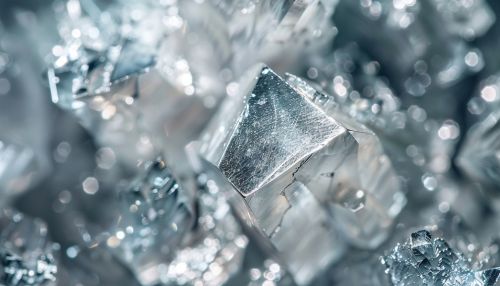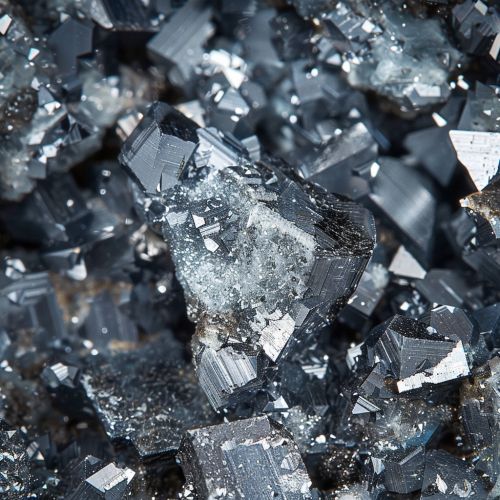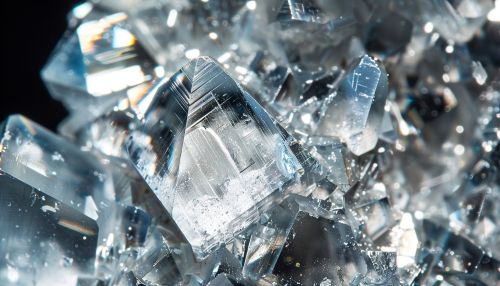Silver
Introduction
Silver is a chemical element with the symbol Ag (from the Latin argentum, derived from the Proto-Indo-European h₂erǵ: "shiny" or "white") and atomic number 47. It is a soft, white, lustrous transition metal, it exhibits the highest electrical conductivity, thermal conductivity, and reflectivity of any metal.


Properties
Physical properties
Silver is a relatively soft, shiny metal. It is a slightly harder than gold and is very ductile and malleable, being exceeded only by gold and perhaps palladium. Pure silver has the highest thermal conductivity of any metal, although the conductivity of carbon (in the diamond allotrope) and superfluid helium-4 are even higher.
Chemical properties
Silver is a rather unreactive metal. This is because its filled 4d shell is not very effective in shielding the electrostatic forces of attraction from the nucleus to the outermost 5s electron, and hence silver is near the bottom of the electrochemical series (E0(Ag+/Ag) = +0.80 V). In group 11, silver has the lowest first ionization energy (showing the instability of the 5s orbital), but has higher second and third ionization energies than copper and gold (showing the stability of the 4d orbitals), so the chemistry of silver is predominantly that of the +1 oxidation state, reflecting the increasingly limited range of oxidation states along the transition series as the d-orbitals fill and stabilize.
Occurrence and production
Silver is found in native form, as an alloy with gold (electrum), and in ores containing sulfur, arsenic, antimony or chlorine. Ores include argentite (Ag2S), chlorargyrite (AgCl) which includes horn silver, and pyrargyrite (Ag3SbS3). The principal sources of silver are the ores of copper, copper-nickel, lead, and lead-zinc obtained from Peru, Bolivia, Mexico, China, Australia, Chile, Poland and Serbia.


Applications
Silver has numerous applications in sectors such as photography, electronics, medicine, and jewelry among others. Due to its high electrical conductivity, silver is a vital component in the production of a wide range of electronic goods. Silver compounds are used in photographic and X-ray film. Medicinal uses of silver include its incorporation into wound dressings, creams, and as an antibiotic coating on medical devices.
History
Silver was one of the seven metals of antiquity that were known to prehistoric humans and whose discovery is thus lost to history. In particular, the three metals of group 11, copper, silver, and gold, occur in the elemental form in nature and were probably used as the first primitive forms of money as opposed to simple bartering. However, unlike copper, silver did not lead to the growth of metallurgy on account of its late discovery, due to its being less reactive and therefore not being found except in the rare native form.
